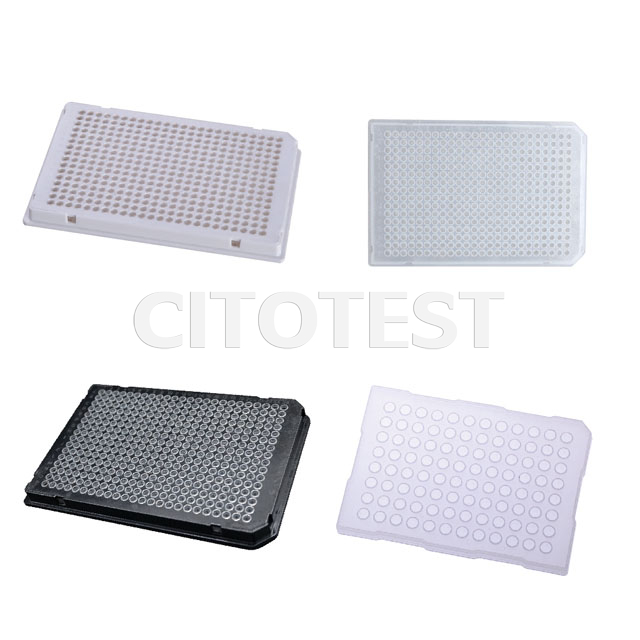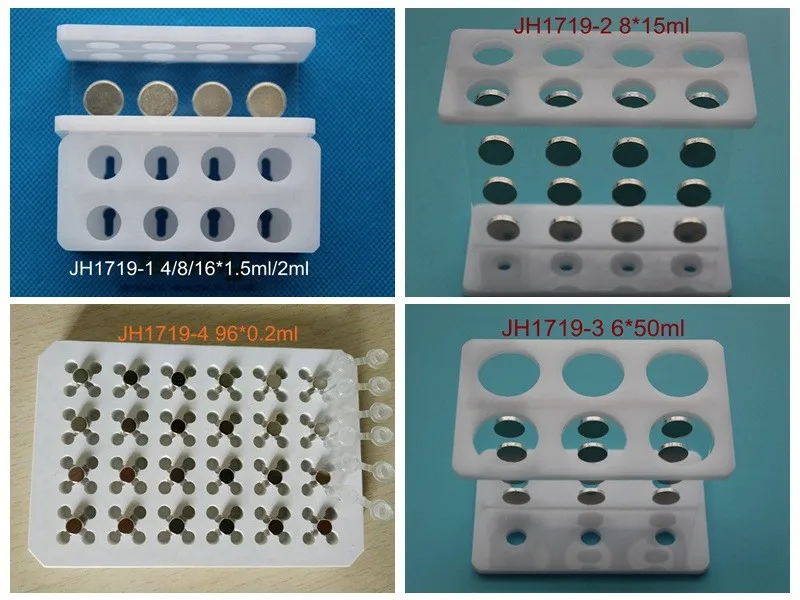

You may test negative if you have recently been infected with COVID-19 but don’t have any symptoms yet. However, this does not mean you don’t have COVID-19. When you take a COVID-19 PCR test, your result will be negative, positive or inconclusive.Ī negative PCR test result means that you were unlikely infected with the SARS-CoV-2 virus when you took the test.
#Pcr stands for software
Special software is also used to interpret the test result as negative or positive.

The scientist will then use a thermal cycler machine and special chemicals to amplify the amount of the targeted genetic material in the test tube to a level where SARS-CoV-2 can be detected.

When your sample is received at our laboratories, one of our scientists will isolate the genetic material from the rest of the material. You will use the swab provided in your test kit to collect the respiratory material found in your nose.Ī swab is a long flexible stick with cotton wool on the end that you will place up your nose.Īfter collection, the swab is sealed in a tube, placed in an envelope and sent back to our laboratories – using the prepaid return label enclosed. There are three primary stages to a PCR COVID test: The PCR Fit to Fly Test is a gold standard PCR test found to correctly identify all positive and negative samples without exception when analysed by Public Health England and Hampshire hospitals NHS trust.Īs this test has 100% specificity toward the SARS-CoV-2 virus, it will only detect the presence of the COVID-19 Coronavirus. If Scientists can use the technology behind the PCR test to amplify any RNA found in deoxyribonucleic acid (DNA) until SARS-CoV-2 is detected. The test looks for the genetic material (ribonucleic acid or RNA) relating to SARS-CoV-2, the virus that causes COVID-19. The COVID-19 PCR Test is a molecular test that analyses a specimen from your upper respiratory system (typically your nose and your throat). A PCR test may also pick up fragments of the virus if you are no longer infected when you take the test. This means the test can accurately detect the presence of a virus if you are infected with the virus when you take the test. The National Human Genome Research Institute defines a PCR test as “a common laboratory technique used in research and clinical practices to amplify, or copy, segments of genetic material.” PCR stands for Polymerase Chain Reaction. Send us feedback.A PCR test is considered the most reliable method of testing to detect the presence of SARS-CoV-2, the COVID-19 virus.

These example sentences are selected automatically from various online news sources to reflect current usage of the word 'polymerase chain reaction.' Views expressed in the examples do not represent the opinion of Merriam-Webster or its editors. 22 will not need to take a polymerase chain reaction test upon arrival and can take a supervised self-swab instead. 2022 Visitors entering the city-state via these VTLs from Feb. 2021 Labcorp's test is a PCR, or polymerase chain reaction test.īerkeley Lovelace Jr., NBC News, Visitors entering the city-state via these VTLs from Feb. Nathaniel Hafer, The Conversation, 8 Nov. 2021 This is done using a technique called a polymerase chain reaction. 2022 This is done using a technique called a polymerase chain reaction. 2021 Most laboratories generate their COVID-19 test results through a molecular testing process called reverse polymerase chain reaction, or RT-PCR, that has been used for years to diagnose a variety of diseases.Īlexander Tin, CBS News, 7 Jan. Laura Garcia, San Antonio Express-News, 17 Sep. 2022 Results often were provided within 19 hours, Webber said, which is much faster than many PCR - polymerase chain reaction - screening tests in the city. Recent Examples on the Web Then the swabbed samples undergo a PCR-or polymerase chain reaction-test, which involves extracting genetic material and amplifying it to look for the presence of monkeypox virus’s DNA.


 0 kommentar(er)
0 kommentar(er)
